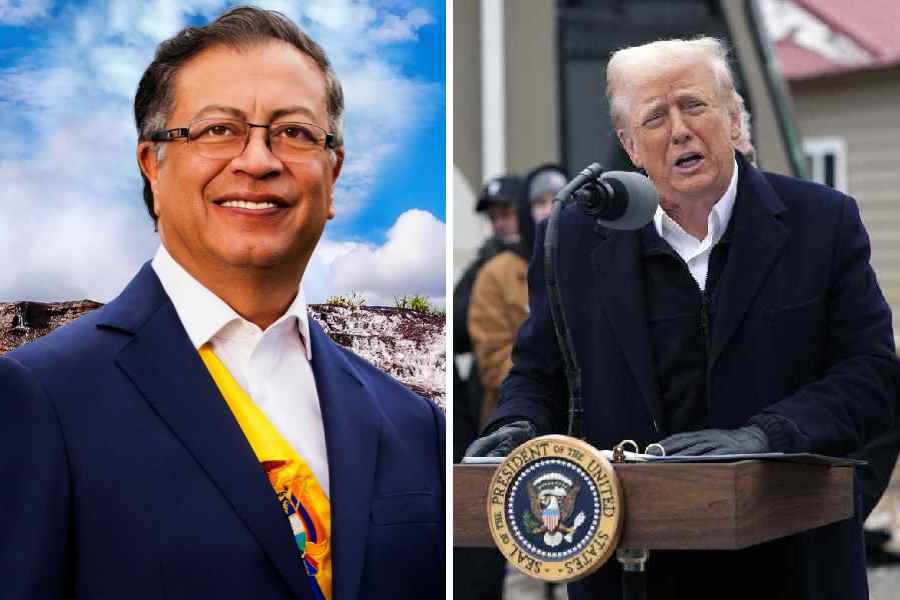The WHO rebuked Chinese officials on Friday for withholding research that may link Covid’s origin to wild animals, asking why the data had not been made available three years ago and why it is now missing.
Before the Chinese data disappeared, an international team of virus experts downloaded and began analysing the research, which appeared online in January.
They say it supports the idea that the pandemic could have begun when illegally traded raccoon dogs infected humans at a Wuhan seafood market. But the gene sequences were removed from a scientific database once the experts offered to collaborate on the analysis with their Chinese counterparts.
“These data could have — and should have — been shared three years ago,” Dr Tedros Adhanom Ghebreyesus, the WHO’s director general, said. The missing evidence now “needs to be shared with the international community immediately,” he said.
According to the experts who are reviewing it, the research offers evidence that raccoon dogs, fox-like animals known to spread coronaviruses, had left behind DNA in the same place in the Wuhan market that genetic signatures of the new coronavirus also were discovered.
To some experts, that finding suggests that the animals may have been infected and may have transmitted the virus to humans.
With huge amounts of genetic information drawn from swabs of animal cages, carts and other surfaces at the Wuhan market in early 2020, the genetic data had been the focus of restless anticipation among virus experts since they learned of it a year ago in a paper by Chinese scientists.
A French biologist discovered the genetic sequences in the database last week, and she and a team of colleagues began mining them for clues about the origins of the pandemic.
That team has not yet released a paper outlining the findings. But the researchers delivered an analysis of the material to a WHO advisory group studying Covid’s origins this week in a meeting that also included a presentation by Chinese researchers regarding the same data.
The analysis seemed to clash with earlier contentions by Chinese scientists that samples taken in the market that were positive for the coronavirus had been ferried in by sick people alone, said Sarah Cobey, an epidemiologist and evolutionary biologist at the University of Chicago who was not involved in the recent research.
“It’s just very unlikely to be seeing this much animal DNA, especially raccoon dog DNA, mixed in with viral samples if it’s simply mostly human contamination,” Dr Cobey said.
Questions remain about how the samples were collected, what precisely they contained and why the evidence had disappeared. In light of the ambiguities, many scientists reacted cautiously, saying that it was difficult to assess the research without seeing a complete report.
The idea that a lab accident could have accidentally set off the pandemic has become the focus of renewed interest in recent weeks, thanks in part to a fresh intelligence assessment from the department of energy and hearings held by the new Republican House leadership. But a number of virus experts not involved with the latest analysis said that what was known about the swabs gathered in the market buttressed the case that animals sold there had sparked the pandemic.
“It’s exactly what you’d expect if the virus was emerging from intermediate or multiple intermediate hosts in the market,” Dr Cobey said. “I think ecologically, this is close to a closed case.”
New York Times News Service











